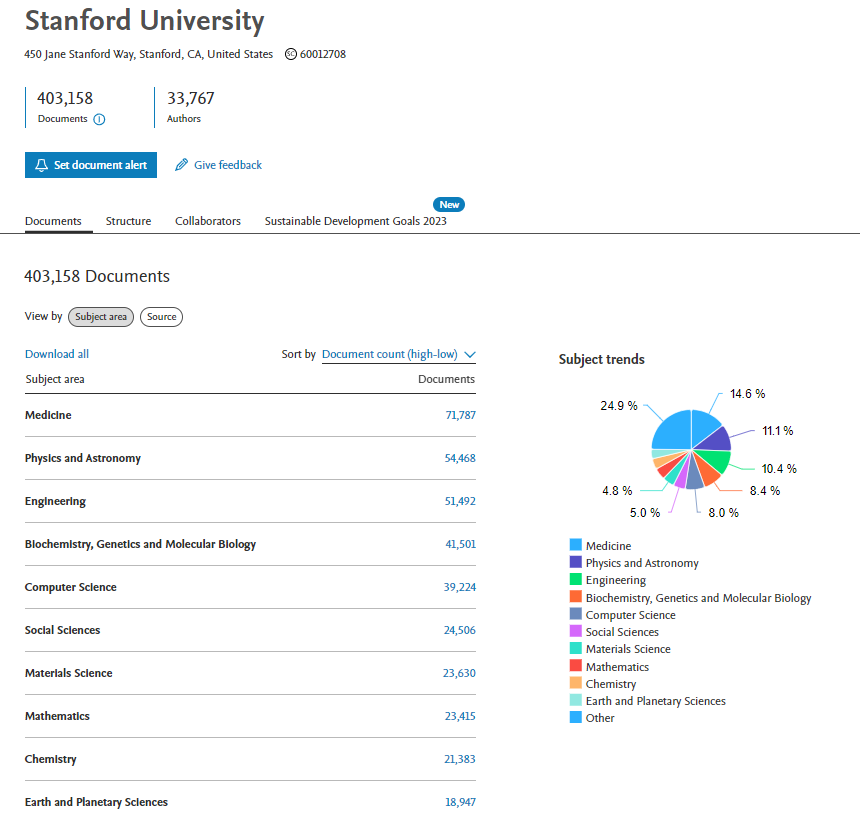How are Scopus Organizational Profiles Created?
A Scopus Organization Profile is the complete record of your organization’s publications indexed in Scopus. In 2024, we launched a new version of this page and with this blog we would like to share with you how Scopus Organization Profiles are created.
The Scopus team’s detailed 3-step curation process captures your organization’s structure and data, which is then entered into the OrgDB —Elsevier’s database of organizations. OrgDB powers the algorithm that scans the affiliations of the 10,000 articles indexed in
Scopus each day. When it identifies a publication from your organization, it assigns it to your organization profile. You can use the Institution Profile Wizard (IPW) to make corrections to your existing organization profile or add new organizations — these changes are vetted and then fed into OrgDB.This ensures that your organization profile is regularly, reliably and dynamically updated, reducing manual input for your organization.
No organization profile is the same
The Scopus organization curation team conducts extensive research to model an organization and its relationships. Our organization curation team has devised a thorough 3-step process to capture the most accurate representation of your organization as possible. We have extensive policies around the data captured in OrgDB.
Step 1: Understand country conventions and research landscape
The team works closely with regional contacts to understand the research relationships and practices in each country; for example, the nature of ownership of collaborative research institutes or relationships between universities and teaching hospitals.
Step 2: Capture name and address metadata - Identify and capture variations in mentions in publications
The team uses official online sources, including your organization’s website, to identify the correct primary name and metadata for your organization, along with alternate names, for example: local language names and names arising from mergers or brand changes. The team also collects the variations in mentions that authors use in publications. This includes potential misspellings, different locations, as well as local language names.
Did you know that you can update your organization’s data via the Institution Profile Wizard (IPW)? Learn more about IPW in this recent blog article - Scopus Institutional Profile Wizard user interface redesign
Step 3: Identify and link to related organizations
The team also captures your organization’s relationships with the sub-orgs in its org structure. There are multiple relationship types stored in the database that can capture sub-orgs that are part of your organization, or even ones that were formed from a split or merger. We also keep track of any jointly owned units with other organizations.
Would you like more information about your organization profile or IPW? Approach your Customer Success Manager. They can help with any IPW-related questions; for example, how to access or use it. They can also connect you to the product team, who are always happy to work with you to fine tune your profile.


